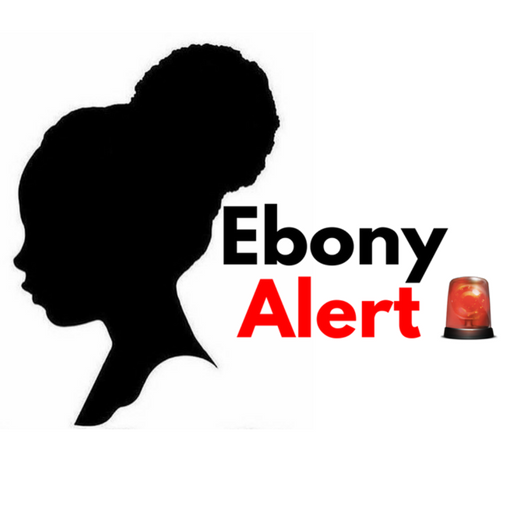A freeway sign over Interstate 5 in Los Angeles flashes a message about a child abduction as part of the statewide Amber Alert program in August 2002. California state Sen. Steven Bradford has proposed a bill to create a special “Ebony Alert” system for missing Black women, girls and youth in the state.
Each year, thousands of Black youth and women go missing across the U.S. at a disproportionate rate. And despite the desperate pleas for media attention, their cases are often overlooked, failing to grab national headlines.
A new bill proposed in California would address that by creating a public alert system similar to those designed to help find abducted children and older adults who’ve gone missing.
Senate Bill 673, introduced last week, would create the “Ebony Alert” system for missing Black children and young women. When activated, the proposed system – similar to Amber or Silver alerts — would inform people of missing Black children and young women.
State Sen. Steven Bradford, who introduced the measure, says the new alert system would ensure that resources and attention are given to bringing home missing Black women and children — eliminating implicit racial bias in cases involving missing persons of color.
“When someone who is missing is incorrectly listed as a runaway, they basically vanish a second time,” Bradford said in a news release. “They vanish from the police detectives’ workload. They vanish from the headlines. In many ways, no one even knows they are missing.”
The alert system could be activated based on several factors
The bill lays out guidelines and considerations for if and when an Ebony Alert should be issued in cases in which authorities believe the alert would help in their investigation.
Under the proposal, a law enforcement agency could request an alert to be activated if:
- The missing person is between 12 and 25 years old
- They may have been a victim of trafficking or abduction
- Their physical safety is endangered
- They suffer from a physical or mental disability
- And other factors
Bradford, the vice chair of the California Legislative Black Caucus, said Black children are classified as “runaways” more often than white children — which results in fewer resources being dedicated to locating them.
“How can we find someone and bring them home safely when no one is really looking for them,” he said.

It’s increasingly common for Black youth and women to go missing
On average, more than 600,000 people are reported missing in the United States each year, according to research from the National Crime Information Center. Last year, roughly 546,000 people were reported missing across the country — with 36% of those cases being missing Black youth and women.
In 2021, 38% of people who were reported missing in the United States were Black — more than double the Black population of about 14%, according to the Black and Missing Foundation.
“When time is critical, you need to be able to reach the most amount of people in the shortest period of time,” Natalie Wilson, co-founder of the Black and Missing Foundation, told NPR. The nonprofit is dedicated to bringing awareness to missing persons of color.
Wilson said she hopes the proposed alert system will work hand-in-hand with media and law enforcement to help families urgently searching for their missing loved one.
“When we talk to families, what they’re saying is the unknown is the most difficult part … anything that can help bring awareness to their disappearance is needed,” she said.
There are groups working to shine a light on missing Black women and girls
It’s no secret that news outlets and law enforcement agencies nationwide are continuing to feed into the implicit racial bias in coverage when it comes to missing person cases.
However, some outlets and organizations are making an effort to be more inclusive when it comes to telling stories about missing persons of color.
Our Black Girls centers on the stories of Black women and young girls in the U.S. who have gone missing or, in some cases, were found dead under bizarre conditions.
Launched five years ago, the website and social media platform is run mainly by entertainment journalist Erika Marie Rivers.
She spends her nights digging through missing person databases, archived news footage, old news articles and police reports — gathering as much information as she can to piece together these untold stories.
“I wanted to have a space where the stories of Black girls and Black women were being shared in this kind of culture of infotainment when it comes to true crime,” Rivers said in an interview with NPR last year.
Since the website’s launch in 2018, Rivers has published an article every other day while juggling both her full-time job and managing the website. Rivers said she keeps the website up and running because she says she could have easily been one of these missing girls and women.
“You never know how that’s going to change someone’s life or help someone within your own community feel seen,” Rivers said.









